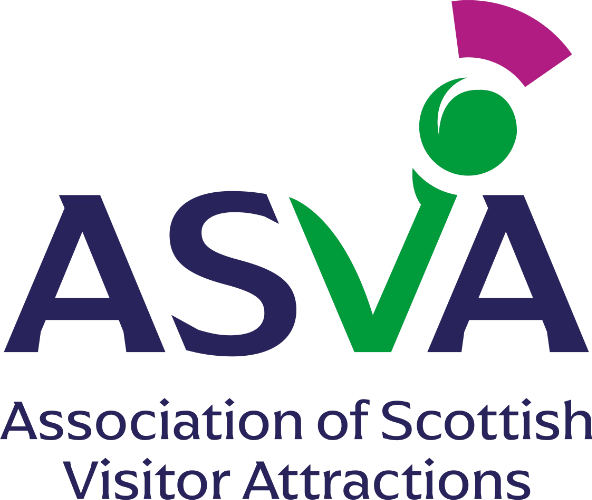In a statement to the Scottish Parliament on Tuesday, 3 August, First Minister Nicola Sturgeon confirmed that Scotland will move beyond Level 0 on Monday, 9 August – whereby the majority of the remaining Covid restrictions will be removed throughout the country.
The key points for visitor attractions to note on what the move to beyond Level 0 means for our sector are:
- Physical distancing restrictions and limits on social gathering numbers are being removed, but the Scottish Government is still advising the public to maintain distancing and avoid crowded spaces. Attractions should be cognisant of this guidance, and where possible, should be reassuring visitors that measures are still in place to ensure that visitors will enjoy a safe, highly enjoyable experience (e.g. continued monitoring and control of visitor flow through pre-booking, continued use of hand sanitation stations, continued enhanced cleaning protocols etc).
- Adults identified as close contacts of someone who has tested positive for Covid-19 will no longer be automatically required to self-isolate for 10 days. Anyone who is double-vaccinated (with at least two weeks passed since their second dose) and who has no symptoms, will be able to end self-isolation provided they return a negative PCR test.
- It will continue to be the law that face coverings must be worn in indoor public places, including in indoor visitor attractions.
- There will be a continued requirement for indoor hospitality venues to collect the contact details of customers. This will include cafes, restaurants and bars in visitor attractions. There is no requirement to collect contact details from all visitors to your attraction/s, just those using your hospitality facilities.
- Table service will no longer be required in hospitality settings beyond level 0, so it will be acceptable to ask visitors to order at a counter/bar.
- The Scottish Government will, for a limited period, keep in place a gateway process through which organisers of outdoors events of more than 5,000 and indoor events of more than 2000 will have to apply for permission.
ASVA CEO Gordon Morrison said: “It is, of course, very heartening to hear that Scotland will move beyond Level 0 on 9 August. The news that restrictions on physical distancing are being lifted is particularly welcome for our members, as this restriction – above all others – has had the biggest impact on our sector’s ability to trade at an economically viable level.
“Of course, the lifting of restrictions will not instantly mean a return to pre-Covid trading for the sector, and we are still a long way off from seeing a full recovery. It will take a considerable period of time for our sector to fully recover, and there can be no doubt that many businesses will still require additional financial support as we move into the difficult winter ahead. However, the continued lifting of restrictions is a very positive step in the right direction and will allow many in our sector to at least begin to get back on their feet.
“It is also important to note that the lifting of restrictions does not mean there will be no more Covid measures in place at visitor attractions. We know that, despite the lifting of most restrictions, our members will continue to maintain a number of measures, such as the continuation of enhanced cleaning protocols, hand sanitisation stations, and controls on visitor flow. Visitor and staff safety has always been the highest priority and there is no doubt that our sector will continue to lead the way when it comes to delivering safe, high-quality experiences for all.”
In recognition of the fact that our members may be looking for advice on what to say to visitors to reassure them that their safety remains a priority for attractions and on-site precautions are being maintained to ensure this, we have amended a specimen statement which is included in the re-opening guidance published by the Association of Leading Visitor Attractions (ALVA). (As we have highlighted in previous E-Updates, this guidance is available in the COVID-19 Info page of our ASVA website, and you can also access it via this link: ALVA reopening guidance.)
To make ALVA’s specimen statement more applicable for Scotland and attractions in our country, we would suggest that our members use the following version (which can, of course, be amended to suit your needs):
‘’This visitor attraction has decided to maintain mitigation measures, including managing capacities and visitor flow, use of hand sanitation stations and enhanced cleaning protocols, until otherwise announced, in accordance with industry best practice and guidance endorsed by the Association of Scottish Visitor Attractions.’’
You can read the First Minister’s full statement at this link.
